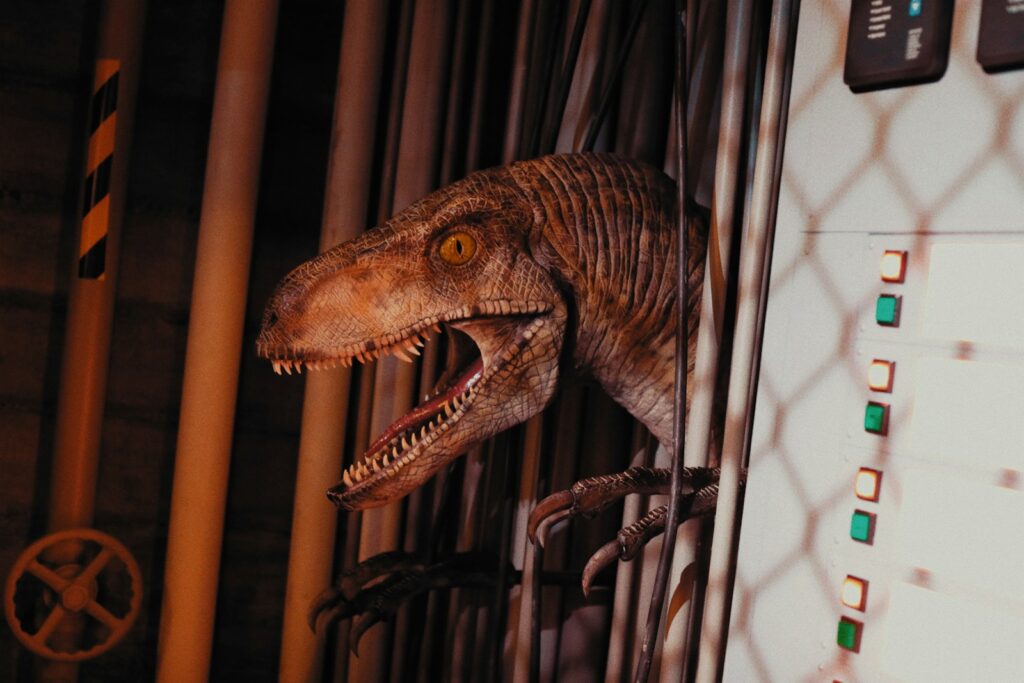The question of whether dinosaurs could fly takes us on a fascinating journey through Earth’s prehistoric skies and the remarkable evolutionary connection between dinosaurs and modern birds. For decades, paleontologists have uncovered compelling evidence that links birds directly to dinosaur ancestors and reveals that several dinosaur species did indeed take to the air.
This evolutionary story, spanning millions of years, challenges our traditional view of dinosaurs as purely land-dwelling creatures and offers insights into one of nature’s most successful adaptations: flight. Through fossil discoveries, comparative anatomy, and cutting-edge research, we now understand that the boundary between “dinosaur” and “bird” is much more blurred than previously thought.
Defining Dinosaurs and the Bird Connection

Image by Daniel Pelaez Duque, via Unsplash
Dinosaurs, meaning “terrible lizards,” comprised a diverse group of reptiles that dominated Earth for approximately 165 million years during the Mesozoic Era. Contrary to popular perception, dinosaurs never thoroughly went extinct. Modern birds—all 10,000+ species—are technically avian dinosaurs, the surviving descendants of a lineage of feathered theropod dinosaurs.
This classification isn’t merely theoretical; it’s based on overwhelming anatomical, developmental, and genetic evidence. Birds share over 100 distinct anatomical features with theropod dinosaurs, including hollow bones, three-toed feet, and similar nesting behaviors. The scientific consensus now firmly places birds as a specialized group of dinosaurs that survived the mass extinction event 66 million years ago, making them living dinosaurs in the truest sense.
The Evolution of Feathers Before Flight
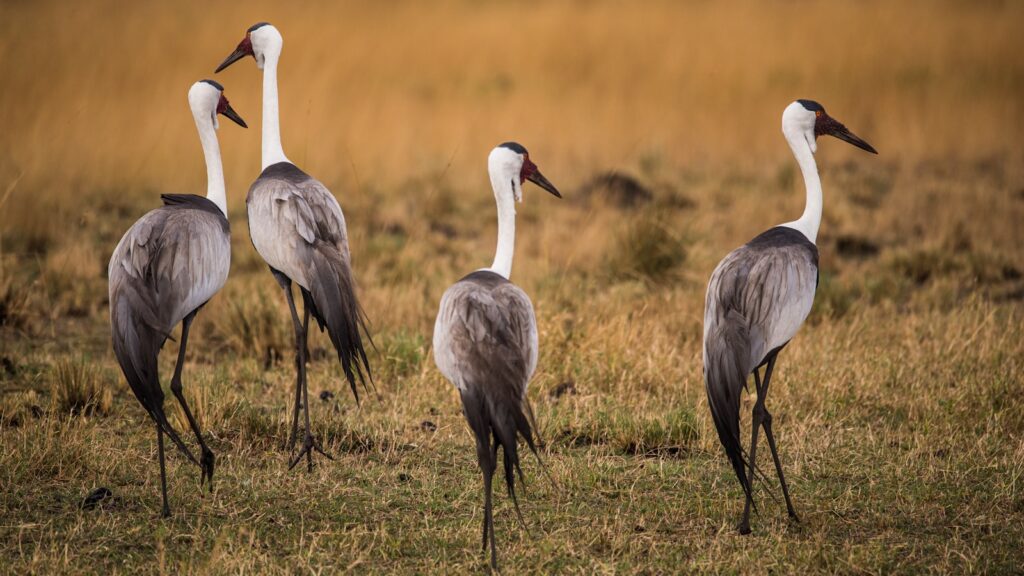
One of paleontology’s most revolutionary discoveries is that feathers did not evolve initially for flight but served different functions in non-flying dinosaurs. Fossil evidence from China’s Liaoning Province has revealed numerous non-avian dinosaurs sporting various types of feathers and feather-like structures. Early feathers likely evolved for insulation, display, or camouflage, as seen in dinosaurs like Sinosauropteryx, which had simple, hair-like proto-feathers.
More complex pennaceous feathers appeared in dinosaurs that couldn’t fly, such as Anchiornis and various dromaeosaurids. The evolution of feathers proceeded in stages, from simple filaments to complex structures with central shafts and barbs, long before any dinosaur took to the air. This evolutionary sequence demonstrates nature’s pattern of repurposing existing structures for new functions—feathers developed for warmth and display eventually became critical for aerial locomotion.
Microraptor: The Four-Winged Dinosaur

Perhaps one of the most remarkable flying dinosaurs was the Microraptor, a crow-sized dromaeosaurid that lived approximately 120 million years ago in what is now China. This extraordinary creature possessed four wings—not just on its arms but also on its legs—all covered with asymmetrical flight feathers similar to those of modern birds. The asymmetrical structure of these feathers is particularly significant as this feature is specifically adapted for generating lift during flight.
Paleontologists believe the Microraptor was capable of gliding between trees, possibly even achieving brief powered flight. Its unusual four-winged configuration has prompted extensive research into early flight evolution, with some scientists suggesting it represents a transitional phase in the development of the modern bird wing. The discovery of the Microraptor provided crucial evidence that small, feathered dinosaurs were experimenting with aerial locomotion before the emergence of what we would consider true birds.
Pterosaurs: Flying Reptiles, But Not Dinosaurs
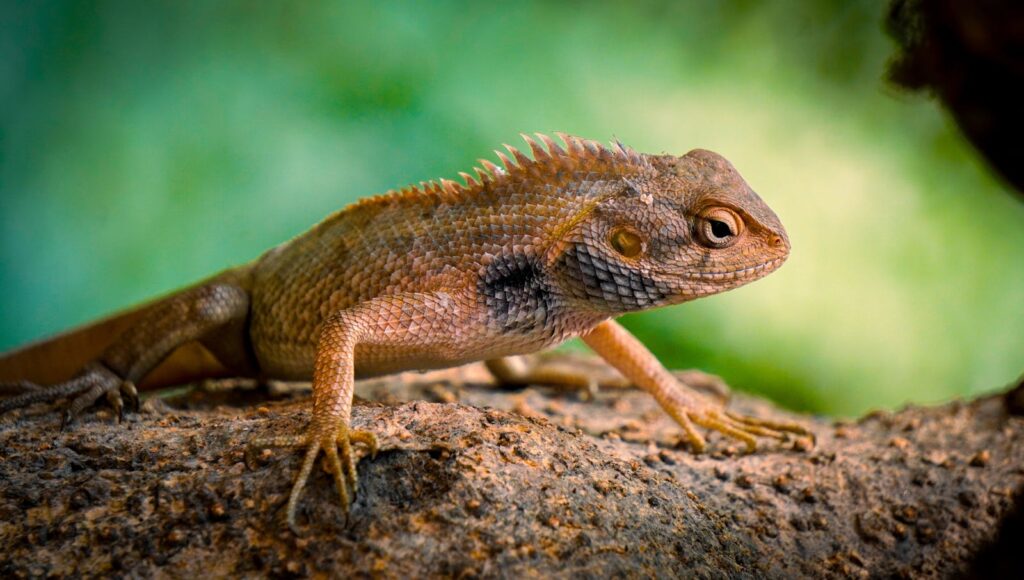
When discussing flying prehistoric creatures, pterosaurs often come to mind, but it’s crucial to understand that pterosaurs were not dinosaurs. Pterosaurs were flying reptiles that evolved on a separate branch of the reptilian family tree, making them cousins to dinosaurs rather than dinosaurs themselves. These remarkable creatures were the first vertebrates to evolve powered flight, appearing in the fossil record about 228 million years ago.
Unlike birds and flying dinosaurs, pterosaurs had wings formed by a membrane of skin stretched from an elongated fourth finger to their bodies, more similar to bat wings than feathered wings. Pterosaurs ranged dramatically in size—from sparrow-sized Pterodactylus to the enormous Quetzalcoatlus with its 36-foot wingspan. Despite their impressive aerial adaptations, pterosaurs represent a fascinating case of convergent evolution—developing flight independently from the lineage that would ultimately lead to birds.
Archaeopteryx: Bird, Dinosaur, or Something In Between?
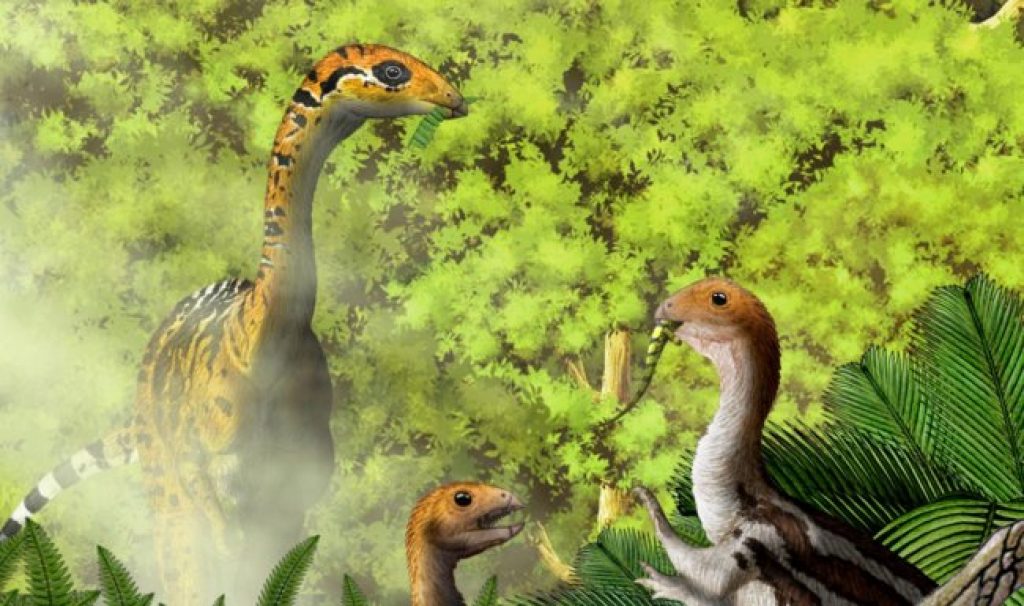
Discovered in 1861 in southern Germany, Archaeopteryx lithographica has been pivotal in our understanding of dinosaur-bird evolution. Dating back approximately 150 million years to the Late Jurassic, this crow-sized creature exhibits an extraordinary blend of dinosaurian and avian characteristics. Archaeopteryx possessed teeth, a long bony tail, and grasping claws on its wings—features typical of theropod dinosaurs—yet also had well-developed flight feathers and a furcula (wishbone) like modern birds.
Initially hailed as the first bird, Archaeopteryx is now understood to occupy a position near the base of the avian family tree, representing a transitional form between non-avian dinosaurs and true birds. While Archaeopteryx likely had some flight capability, biomechanical studies suggest it was probably limited to short distances, perhaps more akin to gliding with occasional flapping. The mosaic of features in Archaeopteryx beautifully illustrates evolution in progress, capturing a moment when dinosaurs were taking to the air.
Yi qi: The Dinosaur with Bat-like Wings

In 2015, paleontologists announced the discovery of Yi qi (pronounced “ee chee”), a small dinosaur from China that shocked the scientific community with its entirely unexpected flight adaptation. Dating to about 160 million years ago, Yi qi belonged to the scansoriopterygid family of dinosaurs and possessed a truly bizarre wing structure unlike anything seen in other dinosaurs or birds. While it had feathers, Yi qi’s primary flight surface appears to have been a membrane stretched across an extraordinarily elongated third finger—somewhat reminiscent of bat or pterosaur wings. A rod-like bone extending from the wrist, called a styliform element, likely helped support this membrane.
This unique configuration suggests that different dinosaur lineages were experimenting with various flight mechanisms, with Yi qi representing an evolutionary “side branch” that didn’t lead to modern birds. The discovery demonstrates that dinosaurian flight evolution was more diverse and experimental than previously recognized, with multiple lineages independently developing different solutions to the challenge of becoming airborne.
Gliding Versus Powered Flight in Dinosaurs
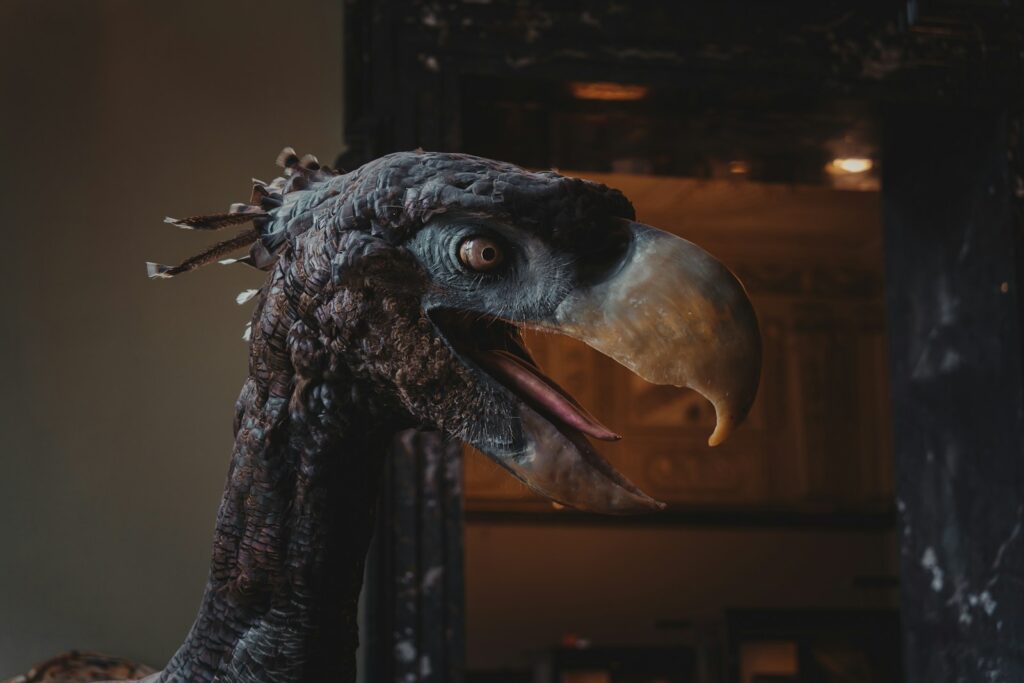
The distinction between gliding and true powered flight represents a critical question in understanding how dinosaurs took to the air. Gliding requires less specialized adaptations, using gravity and air currents to travel between elevated points, while powered flight demands robust flight muscles, specialized respiratory systems, and precisely structured wings. Many early flying dinosaurs likely began as gliders, perhaps living in arboreal environments where gliding offered advantages in escaping predators or accessing new food sources.
The evolutionary pathway from gliding to powered flight remains debated, with two main competing hypotheses: the “trees-down” model (evolving from arboreal gliders) versus the “ground-up” model (running predators that eventually took to the air). Fossil evidence suggests both pathways may have played roles at different points in dinosaur evolution. Anatomical features like the supracoracoideus pulley system—essential for the powerful upstroke in modern bird flight—can be traced through fossil dinosaurs, showing the gradual refinement of flight capabilities across millions of years.
The Respiratory System: Enabling Dinosaur Flight
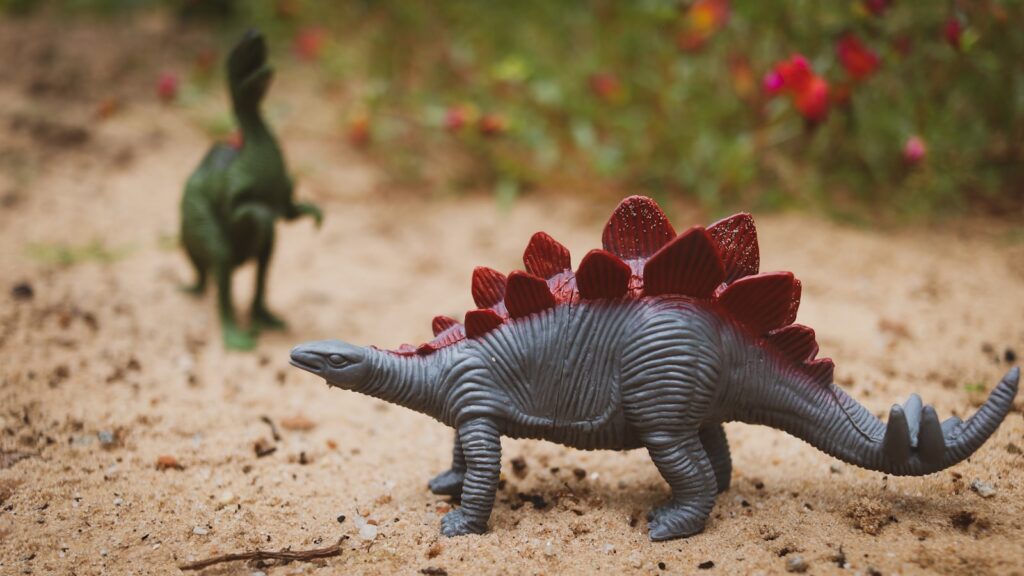
Modern birds possess an extraordinarily efficient respiratory system featuring air sacs that extend into hollow bones, creating a unidirectional flow of oxygen—fundamentally different from the in-and-out breathing of mammals. This system delivers more oxygen with each breath, providing the high metabolic rate necessary for the energy-intensive activity of flight.
Remarkably, evidence of this specialized respiratory anatomy appears in non-avian dinosaurs, indicating it evolved before true flight. CT scans of theropod dinosaur fossils reveal pneumatic openings in vertebrae and bones where air sacs would have connected, suggesting that even non-flying dinosaurs had begun developing the respiratory foundations that would later enable powered flight.
The presence of these features in diverse dinosaur groups indicates that the avian respiratory system evolved gradually over millions of years, possibly first as an adaptation for temperature regulation or enhanced stamina during predation before being repurposed for flight. This pre-adaptation provided the metabolic foundation necessary for the high-energy demands of powered flight when dinosaurs eventually took to the air.
Miniaturization: The Path to Dinosaur Flight

One of the most consistent patterns observed in the evolution of flight is the dramatic reduction in body size along the lineage leading to flying dinosaurs and birds. While many theropod dinosaurs were large predators, the dinosaurs closest to the origin of birds underwent substantial miniaturization. This trend is documented through extensive fossil evidence showing progressively smaller body sizes in maniraptoran dinosaurs approaching the dinosaur-bird transition.
Smaller body size confers critical advantages for aerial locomotion—reducing weight while maintaining surface area, improving power-to-weight ratios, and decreasing the wing loading necessary for takeoff. Recent studies suggest this miniaturization was accompanied by accelerated evolution of traits advantageous for flight, including proportionally larger brains, improved vision, and refined manual dexterity.
The evolutionary shrinking of these dinosaurs likely occurred over millions of years, possibly driven by the advantages of occupying ecological niches unavailable to larger competitors or predators. The pattern culminated in dinosaurs like microraptors and early birds weighing just a few hundred grams—a fraction of their larger dinosaurian relatives.
Confuciusornis and Early True Birds

Approximately 125 million years ago, the early bird Confuciusornis lived in the forests of what is now northeastern China, representing one of the earliest birds to possess a toothless beak similar to modern birds. Unlike the more primitive Archaeopteryx, Confuciusornis had a shortened tail with a pygostyle—the fused vertebrae that in modern birds support tail feathers.
Remarkably well-preserved fossils reveal that male specimens possessed elaborate tail feathers, suggesting that complex mating displays were already established in early birds. Though still retaining some dinosaurian features like clawed fingers, Confuciusornis shows clear adaptations for more advanced flight, with a robust keeled sternum for anchoring flight muscles and a skeletal structure increasingly similar to modern birds.
The abundance of Confuciusornis fossils—with over 1,000 specimens discovered—provides unprecedented insight into early bird population structure and variability. These early birds coexisted with non-avian dinosaurs for millions of years, gradually refining their flight capabilities while their dinosaurian relatives continued to dominate terrestrial ecosystems.
The Diversity of Flying Dinosaurs

Far from being a singular evolutionary event, the development of flight in dinosaurs appears to have occurred multiple times across different lineages, creating a remarkable diversity of flying forms during the Mesozoic Era. The scansoriopterygids, including the membranous-winged Yi qi, represent one unusual experiment in dinosaurian flight.
The four-winged Microraptor demonstrates another approach, potentially using all four limbs in a phugoid gliding style unlike any modern bird. The anchiornithids—sometimes called “troodontid-like” dinosaurs—show yet another variant with asymmetrical flight feathers arranged in patterns distinct from modern birds. Evidence suggests that these various flying dinosaur groups occupied different ecological niches, from forest canopy specialists to ground-foraging flyers.
Each group developed unique anatomical solutions to the challenges of flight, though only the evolutionary pathway leading through paravians to early birds like Archaeopteryx and Confuciusornis would ultimately give rise to the incredible diversity of modern birds. This proliferation of flying strategies among dinosaurs demonstrates the evolutionary principle that successful adaptations often arise independently in multiple lineages.
Flight Capabilities of Prehistoric Raptors
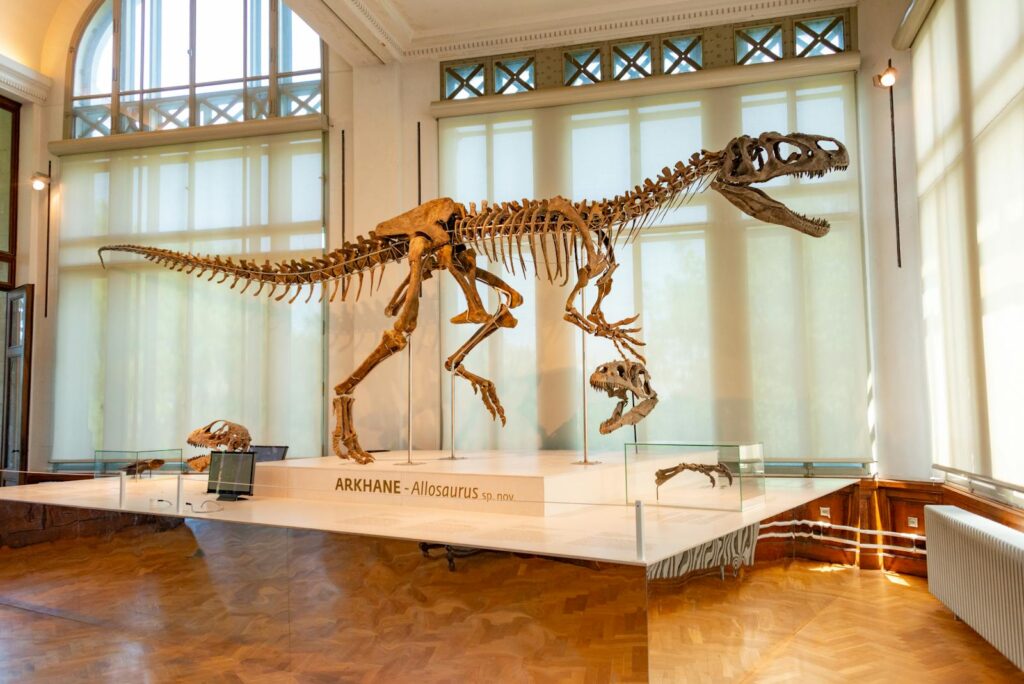
Dromaeosaurids—the “raptors” made famous by Jurassic Park—were close relatives of birds, and several smaller species possessed features suggesting flight capabilities. Fossils of genera like Rahonavis, Microraptor, and Zhenyuanlong reveal well-developed pennaceous feathers on their forelimbs and, in some cases, hindlimbs. The orientation and asymmetry of these feathers strongly indicate aerodynamic function rather than merely display or insulation.
Analysis of wing loading and other biomechanical factors suggests these dinosaurs could glide effectively, with some potentially capable of limited powered flight. Interestingly, larger dromaeosaurids like Velociraptor, while feathered, had proportionally shorter arms unsuited for flight, suggesting their smaller relatives either independently evolved flight capabilities or retained ancestral flight abilities that larger species lost.
Microscopic analysis of raptor bone structure shows increased hollowness and reinforced construction similar to flying birds, further supporting aerial capabilities in at least some members of this group. These findings strengthen the hypothesis that flight evolved in small, predatory dinosaurs before the emergence of true birds, with different lineages developing varying degrees of aerial proficiency.
The Technical Definition of Flight in Dinosaurs

Defining “flight” precisely becomes crucial when discussing whether dinosaurs could fly, as the capability exists along a spectrum rather than as a binary trait. Paleontologists differentiate between several forms of aerial locomotion: passive gliding, where an animal can only descend at an angle from a higher to lower position; parachuting, which slows descent but provides minimal horizontal travel; and powered flight, involving active flapping to generate both lift and thrust.
Technical assessments of flight capability in fossil dinosaurs involve analyzing wing surface area relative to body mass (wing loading), the structure and asymmetry of flight feathers, skeletal features like the supracoracoideus pulley system, and bone cross-sections that reveal lightweight construction. Computer modeling using these parameters helps scientists estimate the aerial capabilities of extinct species.
The development of true powered flight requires numerous adaptations beyond simply having wings, including specialized muscular, neurological, and respiratory systems. Evidence suggests that while several dinosaur lineages achieved some form of aerial locomotion, varying from sophisticated gliding to limited powered flight, the advanced powered flight capabilities seen in modern birds evolved gradually through refinements across multiple dinosaur generations.
How Modern Birds Perfected Dinosaurian Flight
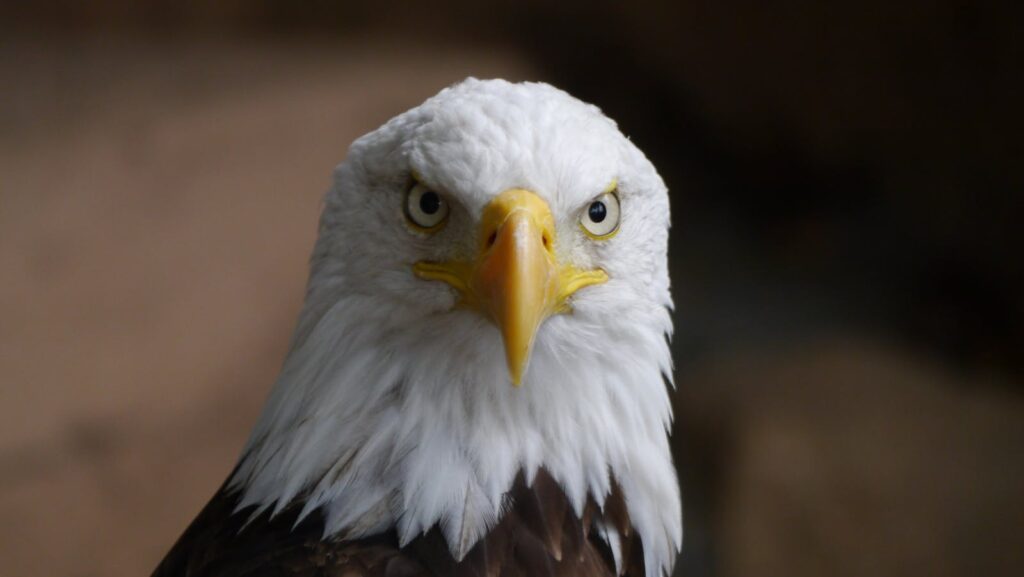
Modern birds represent the culmination of over 150 million years of evolutionary refinement of the flight capabilities first developed in their dinosaur ancestors. The transition from early flying dinosaurs to today’s aerial specialists involved numerous anatomical innovations. Modern birds possess dramatically reduced body weight through pneumatized bones, loss of teeth in favor of lightweight beaks, and the fusion of once-separate bones.
The deeply keeled sternum provides anchoring for powerful pectoral muscles that can constitute up to 30% of a bird’s body mass. Perhaps most significantly, birds evolved a unique shoulder joint featuring the triosseal canal, allowing the supracoracoideus muscle to function as an elevator of the wing—essential for the powerful upstroke of sustained flight. The evolution of the alula, or “bastard wing,” provided crucial control during slow flight and landing.
These adaptations appeared gradually in the fossil record, with each refinement expanding the flight envelope and allowing birds to exploit new ecological niches. Today’s birds, from hovering hummingbirds to soaring albatrosses, showcase the extraordinary potential that began with those first dinosaurs that left the ground behind.
Conclusion: Dinosaurs as Pioneers of the Sky
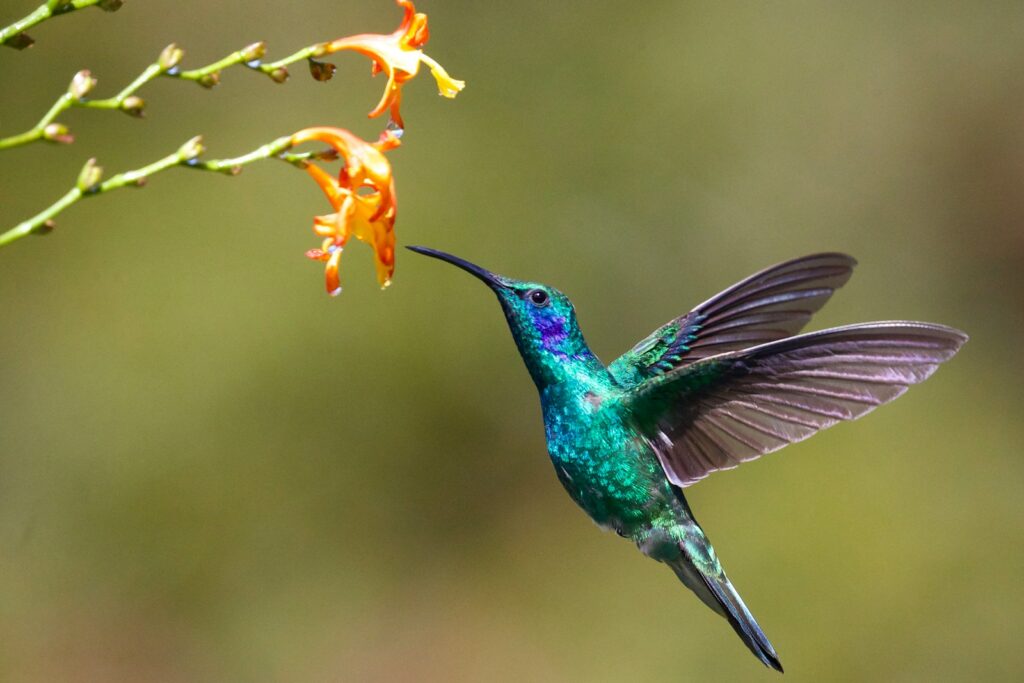
The evidence is clear: certain dinosaurs did indeed fly, representing crucial chapters in one of evolution’s most remarkable stories. From the first feathered dinosaurs experimenting with gliding to the diverse flying forms like the Microraptor, Yi qi, and Archaeopteryx, the dinosaurian conquest of the air proceeded through multiple evolutionary pathways and innovations.
Rather than a sudden leap, flight capabilities emerged gradually over millions of years through accumulated adaptations initially serving other functions. The traditional boundary between “dinosaur” and “bird” has dissolved as science reveals the continuous evolutionary spectrum connecting terrestrial theropods to modern avian species.
Today, when we watch a hummingbird hover or an eagle soar, we’re witnessing the living legacy of flying dinosaurs—the culmination of an aerial journey that began in the Mesozoic Era. The dinosaurs never truly disappeared; they transformed,




